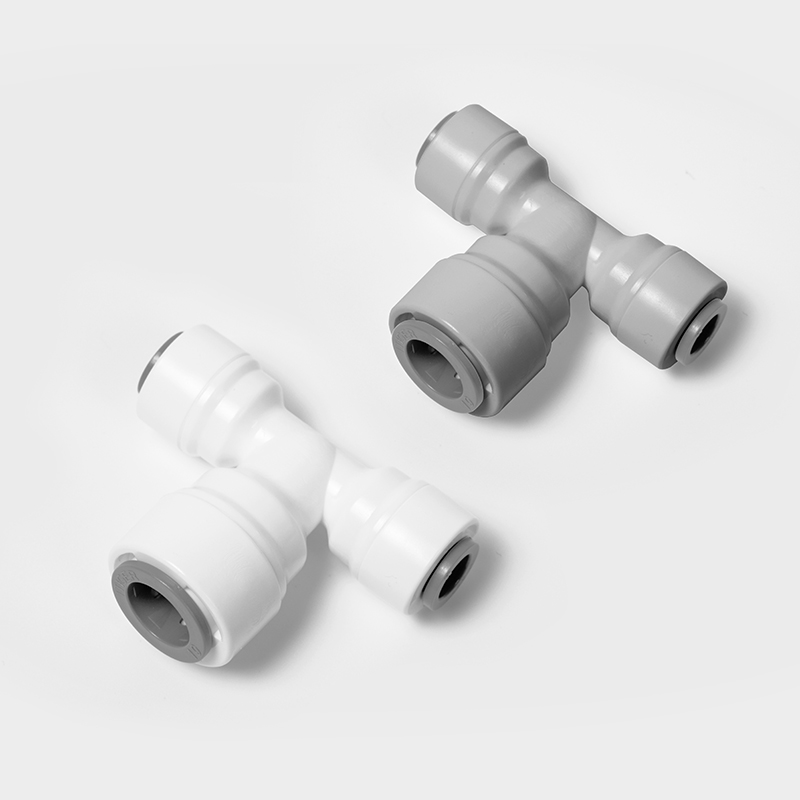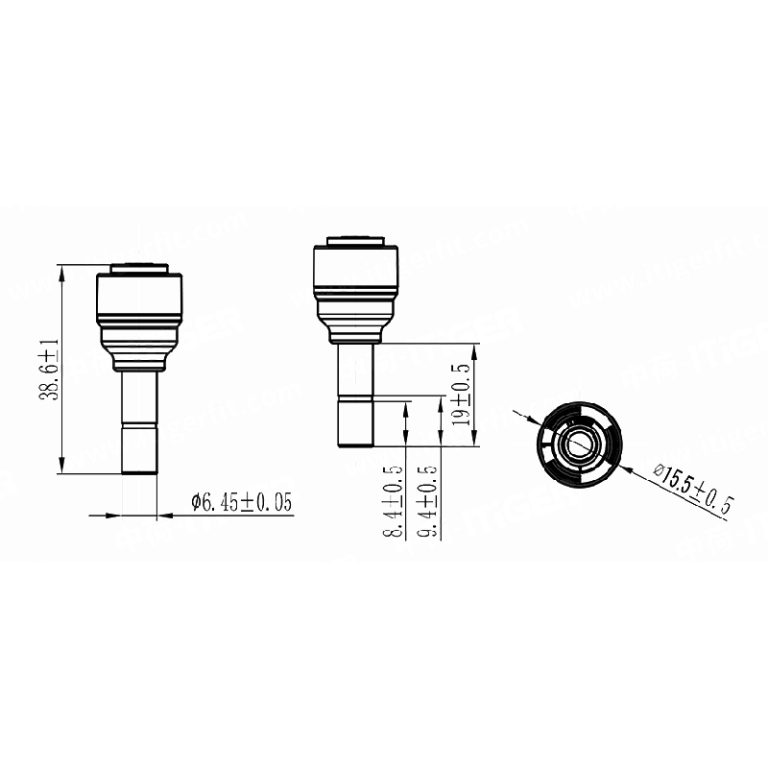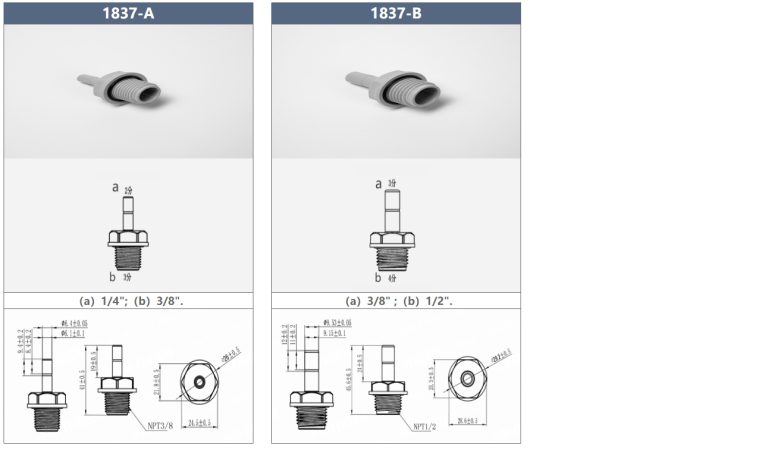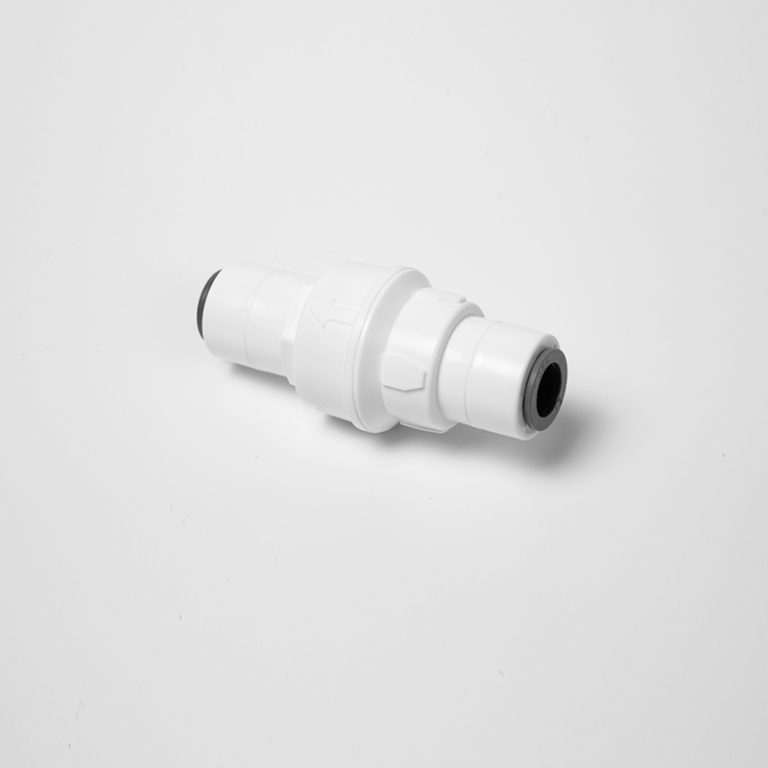“Secure your cables with durable HDPE conduit fittings.”
Table of Contents
Benefits of Using HDPE Conduit Fittings for Underground Cable Protection
High-density polyethylene (HDPE) conduit fittings are becoming increasingly popular for protecting underground cables due to their numerous benefits. These fittings are made from a durable and flexible material that provides excellent protection for cables in a variety of applications. In this article, we will explore the advantages of using HDPE conduit fittings for underground cable protection.
One of the key benefits of HDPE conduit fittings is their resistance to corrosion and chemicals. Unlike metal conduit fittings, HDPE fittings do not rust or corrode when exposed to moisture or harsh chemicals. This makes them ideal for use in underground applications where cables may be exposed to these elements. Additionally, HDPE conduit fittings are resistant to abrasion, making them a reliable choice for protecting cables in high-traffic areas.
Another advantage of HDPE conduit fittings is their flexibility. HDPE fittings can be easily bent and shaped to fit around obstacles, making them ideal for installations in tight spaces or around corners. This flexibility also allows for easier installation, reducing the time and labor required to protect underground cables. Additionally, HDPE conduit fittings are lightweight, making them easier to transport and handle on-site.
| Model | Tube(a) | Stem(b) |
|---|---|---|
| 1801-A | 1/4 | 1/4 |
| 1801-C | 1/4 | 3/22 |
HDPE conduit fittings are also known for their durability. These fittings are designed to withstand harsh environmental conditions, including extreme temperatures and UV exposure. This ensures that cables are protected from damage and degradation over time, extending the lifespan of the cable system. Additionally, HDPE conduit fittings are impact-resistant, reducing the risk of damage from external forces such as construction equipment or vehicle traffic.
In addition to their durability and flexibility, HDPE conduit fittings are also cost-effective. These fittings are typically more affordable than metal conduit fittings, making them a budget-friendly option for protecting underground cables. Additionally, the lightweight nature of HDPE fittings reduces transportation and installation costs, further saving money on overall project expenses.
Furthermore, HDPE conduit fittings are environmentally friendly. These fittings are made from recyclable materials, making them a sustainable choice for underground cable protection. Additionally, the long lifespan of HDPE fittings reduces the need for frequent replacements, further reducing waste and environmental impact.
Overall, HDPE conduit fittings offer a range of benefits for protecting underground cables. From their resistance to corrosion and chemicals to their flexibility, durability, and cost-effectiveness, HDPE fittings are a reliable choice for a variety of applications. Whether used in residential, commercial, or industrial settings, HDPE conduit fittings provide a secure and long-lasting solution for protecting cables underground. Consider using HDPE conduit fittings for your next cable protection project to experience the many advantages they offer.
How to Properly Install and Maintain HDPE Conduit Fittings for Longevity and Durability
High-density polyethylene (HDPE) conduit fittings are essential components in electrical and telecommunications systems. These fittings are designed to protect and route cables, wires, and other components in a safe and efficient manner. Proper installation and maintenance of HDPE conduit fittings are crucial to ensure the longevity and durability of the system. In this article, we will discuss the steps to properly install and maintain HDPE conduit fittings to maximize their performance and lifespan.
When installing HDPE conduit fittings, it is important to follow the manufacturer’s guidelines and recommendations. Start by inspecting the fittings for any defects or damage before installation. Make sure that the fittings are compatible with the size and type of conduit being used. Clean the conduit ends thoroughly to remove any dirt, debris, or moisture that could affect the fitting’s performance.
Next, apply a lubricant to the conduit ends to facilitate the insertion of the fittings. Use a lubricant that is compatible with HDPE materials to prevent damage to the conduit or fittings. Carefully align the fittings with the conduit ends and gently push them together until they are fully seated. Avoid using excessive force, as this could cause damage to the fittings or conduit.
Once the fittings are installed, secure them in place using the appropriate fasteners or clamps. Make sure that the fittings are properly aligned and tightened to prevent any movement or loosening over time. Inspect the installation for any gaps, leaks, or other issues that could compromise the integrity of the system. Address any issues promptly to prevent further damage or failure.

To maintain HDPE conduit fittings, regularly inspect the system for signs of wear, damage, or deterioration. Check for any leaks, cracks, or corrosion that could indicate a problem with the fittings. Clean the fittings and conduit regularly to remove any dirt, debris, or contaminants that could affect their performance. Use a mild detergent and water to clean the fittings, and avoid using harsh chemicals or abrasive cleaners that could damage the HDPE material.
Inspect the fittings for any signs of wear or damage, such as cracks, breaks, or deformation. Replace any damaged fittings immediately to prevent further issues with the system. Check the fasteners and clamps for tightness and security, and tighten them as needed to prevent movement or loosening. Regular maintenance and inspection of HDPE conduit fittings are essential to ensure the longevity and durability of the system.
In conclusion, proper installation and maintenance of HDPE conduit fittings are essential to maximize their performance and lifespan. Follow the manufacturer’s guidelines and recommendations when installing the fittings, and regularly inspect the system for signs of wear, damage, or deterioration. Clean the fittings and conduit regularly to prevent dirt, debris, or contaminants from affecting their performance. Address any issues promptly to prevent further damage or failure. By following these steps, you can ensure the longevity and durability of your HDPE conduit fittings for years to come.




